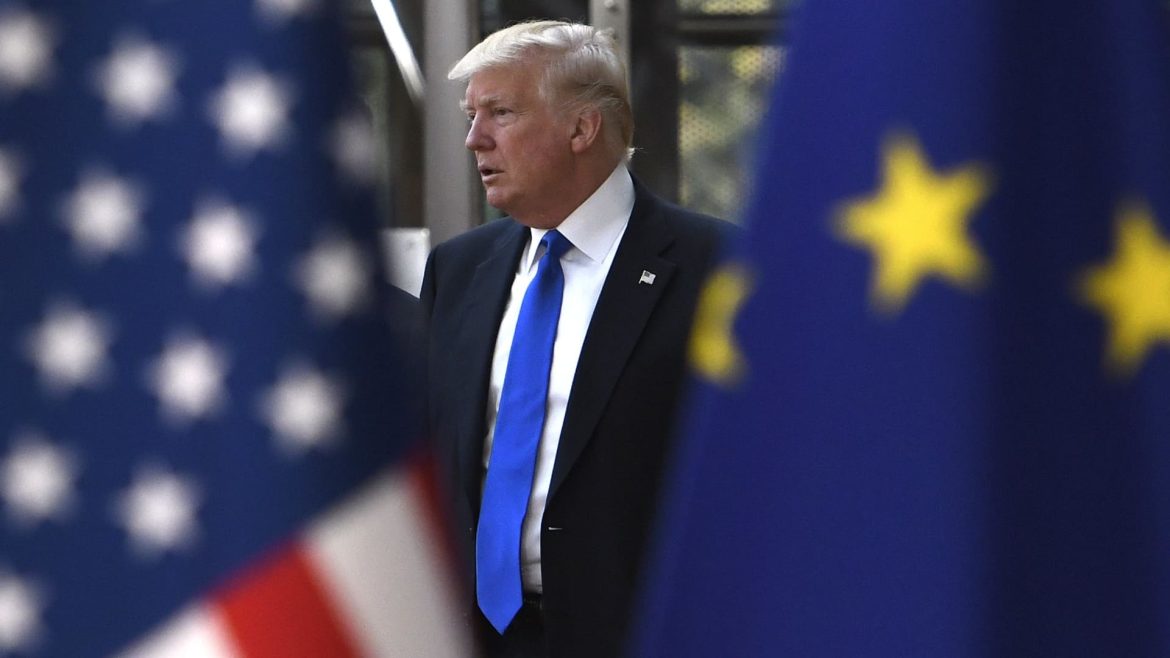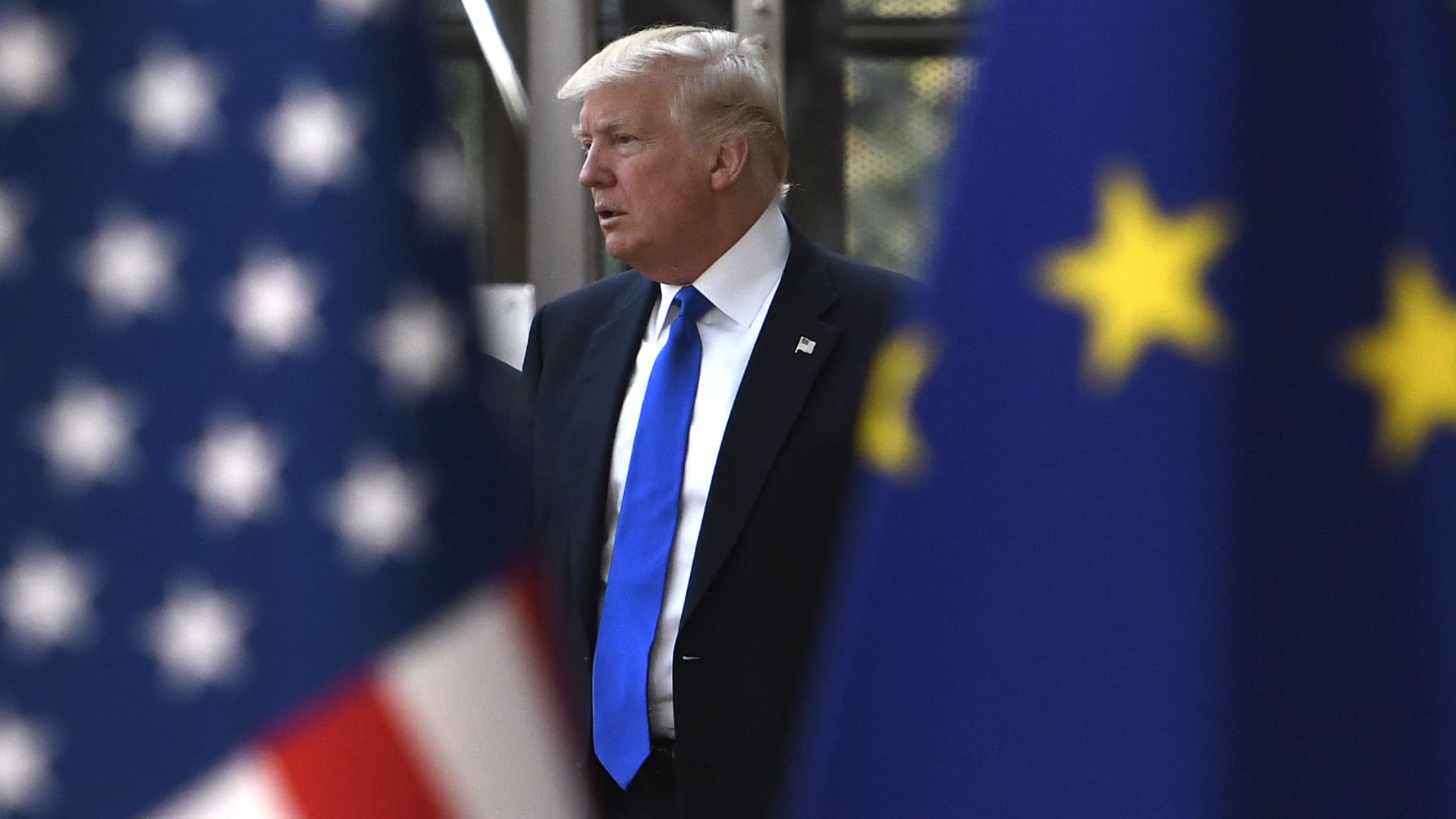Navigating Market Sentiment: Reasons for Hope and Caution in the Stock Market
The current trading landscape carries a unique blend of optimism and uncertainty, with influential voices like Jim Cramer providing insights that capture both hope and the realities investors face. As we move into a new trading week, several factors spark cautious optimism, while underlying challenges warn against complacency. Examining these dynamics sheds light on the intricate interplay of market forces, geopolitical tension, and investor psychology.
Reasons for Hope: Emerging Positive Signals
Jim Cramer, a recognized market commentator, highlights multiple factors that offer reasons for optimism heading into the week:
– Trade Negotiations and Political Developments: Hopes for breakthroughs in U.S.-China trade talks have buoyed market sentiment. Cramer notes that anticipated progress at events like the G-20 summit could spark a rally, provided tangible outcomes materialize. The market’s current optimism partially rests on the belief that resolving trade tensions would alleviate uncertainty for businesses and consumers.
– Earnings and Sector Strengths: Positive corporate earnings, particularly in technology, point to robust demand in certain areas. Cramer cites strong performance from companies like Micron Technologies, Nvidia, and AMD, which indicates healthy growth prospects in data centers and semiconductor industries. This tech strength serves as a pillar supporting broader market confidence.
– Market Dynamics and Investor Psychology: Despite volatility, some signs of recovery are visible. Intraday bounces, even if modest, suggest that bears are losing momentum temporarily. The concept of a “Cramer bounce” refers to stocks rising overnight following Cramer’s endorsements, indicating that media influence can stir short-term positive moves.
Lingering Challenges Tempering Optimism
Yet, the market’s hopeful veneer masks persistent risks and skeptical caution:
– Trade War and Tariffs Uncertainty: Although talks generate optimism, the trade war has not conclusively abated. Increased tariffs threaten to raise production costs and squeeze profit margins, especially if companies cannot pass these costs onto consumers. This concern affects revenue projections and raises question marks about sustained growth.
– Market Sentiment Not Fully Negative: Cramer warns that sentiment remains insufficiently bearish to catalyze a true market bottom. Investors are clinging to hope for a trade deal, which ironically may be postponing a cleaner market reset. Without a “total give up” day signaling capitulation, rallying efforts may lack durability.
– Economic Indicators and Bond Market Influence: The connection between stock and bond markets creates additional complexity. Bond yields and inflation fears can trigger swift changes in stock valuations. Moreover, looming recession fears, though somewhat discounted, still call for cautious positioning rather than exuberant buying.
Strategic Guidance Amid Mixed Signals
Navigating these mixed signals requires a nuanced approach:
– Avoiding False Hope: Investors should critically evaluate market gains linked solely to expectations rather than confirmed outcomes. Cramer explicitly advises against investing based on premature optimism without substantive news backing it up.
– Sector Rotation and Focus on Strengths: Concentrating on sectors demonstrating resilient growth, particularly technology and certain consumer discretionary areas, offers a pathway to participate in upward momentum while managing risks tied to other industries severely impacted by tariffs and inflation.
– Patience and Discipline: Recognizing that market bottoms often require a period of pronounced negativity and capitulation can help investors avoid premature buy-in. Staggered entries and risk management remain critical in the current volatility.
Conclusion: Balancing Hope with Realism
The market’s trajectory into the near future is shaped by complex interactions between geopolitical negotiations, corporate performance, and investor sentiment. Jim Cramer’s insights underscore a moment where hope emerges amidst caution—a fragile optimism needing confirmation through tangible policy and economic developments. Prudent investors will weigh these factors carefully, embracing opportunities where fundamentals are strong and maintaining vigilance against the potential setbacks posed by unresolved trade tensions and economic uncertainties. In this delicate balance, patience and informed strategy remain the best tools for navigating the evolving market landscape.





